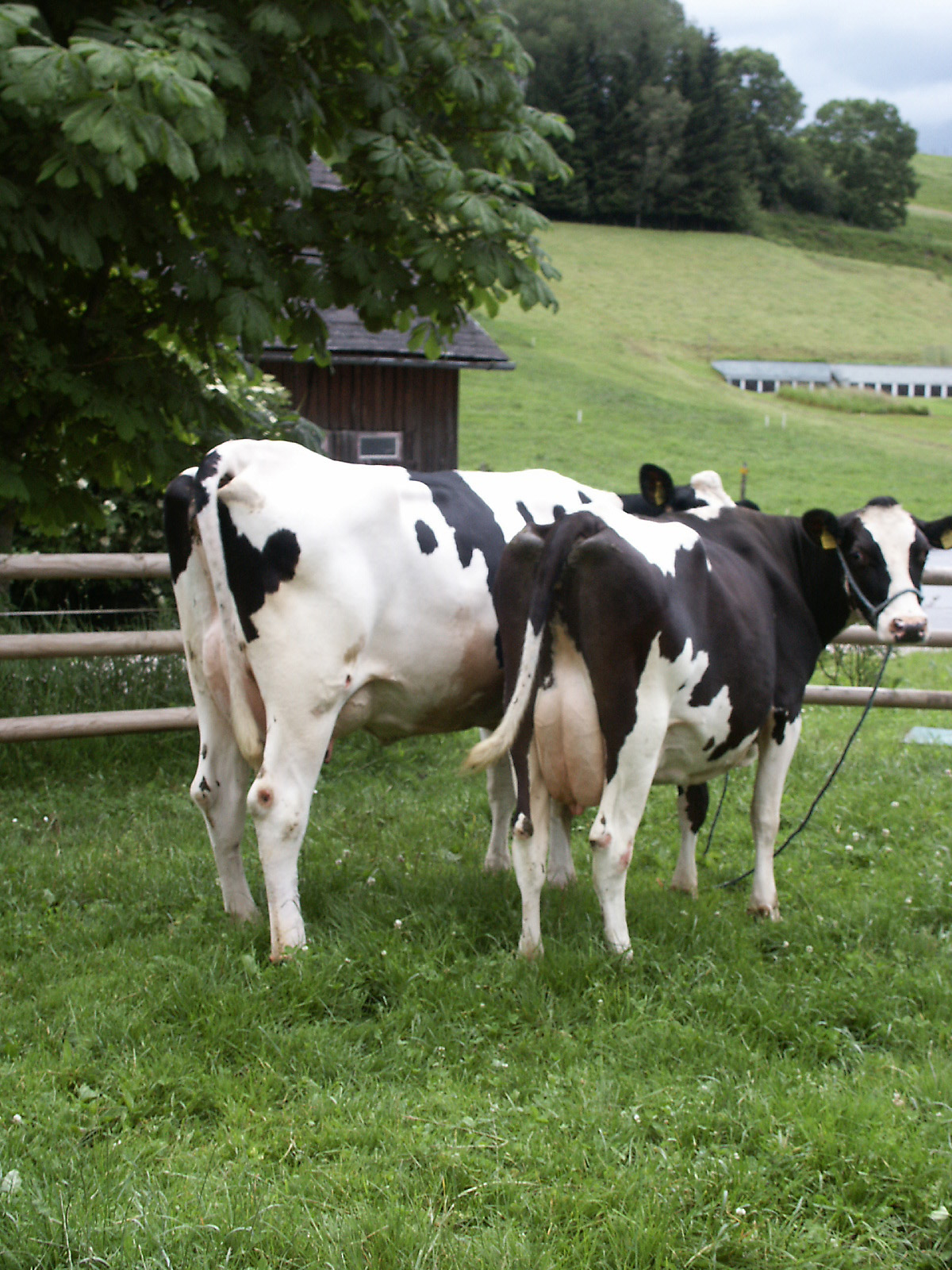Since 2012 a very extensive and long-term efficiency project has been carried out at the HBLFA Raumberg-Gumpenstein , where it was examined what influence the genotype and feeding intensity have on the overall efficiency of the “cattle farming” production system. This final report presents the results from the feeding trial with dairy cows.
Different genotypes with different milk production, body mass and longevity compared, at different feeding intensities. The genotypes tested in the experiment were Simmental Combined (FV KO ), Holstein High Performance (HO HL ), Holstein New Zealand (HO NZ ) and Holstein Lifetime Performance (HO LL ). The basic feed was weighed out daily for each individual animal, and concentrated and mineral feed were fed via a concentrated feed station. In addition to feed intake and feed level , milk yield and milk ingredients determined daily. Body mass was measured once a week and BCS and back fat thickness measured and blood samples were taken to determine important metabolic parameters at fixed dates. The meat performance was examined on the male offspring.
The results of this research project clearly show that different dairy cow genotypes respond differently to different feed levels. The HO HL genotype achieved the highest milk production potential because its metabolism is most strongly geared towards milk production. In all other genotypes examined, the priority of milk production is not as strong, which is reflected in higher BCS values and lower negative energy balances at the start of lactation. It can therefore be concluded that animals with higher performance perform worse in health and fertility criteria, while animals with lower performance potential are superior in terms of fitness. It is crucial that the choice of genotype and feeding intensity is always well tailored to the operational situation.






